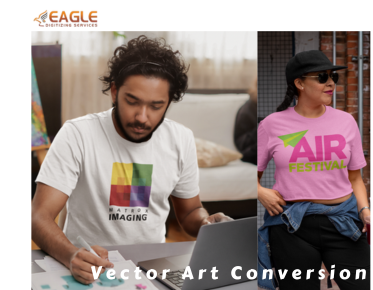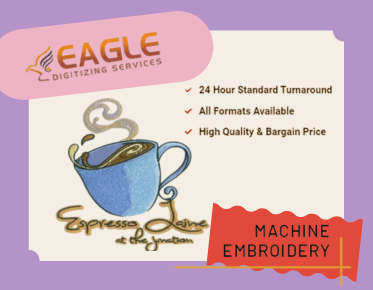From Raster to Vector: Detailed Conversion Process
In the ever-evolving world of digital graphics, the transition from raster to vector images has become an essential process for designers and businesses alike. Raster images, characterized by pixels, lose quality when scaled, making them unsuitable for all branding and marketing materials. In contrast, vector images, made up of paths defined by mathematical expressions, can be resized without losing clarity. This article dives into the process of converting raster to vector, exploring the techniques, tools, and services available.
Understanding the Basics: Raster and Vector Images
To appreciate the importance of vector images, it is crucial to understand the differences between raster and vector formats. Raster images are composed of thousands of individual pixels, each representing a tiny piece of the overall image. These pixels can become blocky or blurred when you attempt to enlarge the image beyond its original dimensions. This drawback of raster images is significant in applications that require high-quality visuals, such as print media and large-display advertising.
On the other hand, vector images are composed of lines and curves, defined by mathematical equations rather than pixels. This allows vectors to maintain their sharpness regardless of resizing, making them ideal for logos, illustrations, and prints. When you need a design that looks perfect on a business card just as it does on a billboard, vector images are the superior choice.
The Conversion Process
Step 1: Assessing the Image
Before embarking on the conversion process, it is essential to assess the raster image. This assessment involves determining the complexity of the image, such as the number of colors, shapes, and details that need to be represented in the vector format. Assessing these elements will help in deciding on the method and tools required for conversion.
Step 2: Choosing the Right Software
Various software applications exist to assist in converting raster images to vector format. Popular choices include Adobe Illustrator and CorelDRAW, both of which offer comprehensive tools for vectorization. These programs allow users to manually trace over the raster image or use advanced algorithms to automate parts of the process. Other online services such as Vectorman, offer more straightforward, automated solutions for those with less technical expertise or time.
Step 3: Manual Tracing and Refinement
After selecting the appropriate software, the next step involves manually tracing over the raster image to create a vector. This step is crucial for ensuring precision, especially in detailed areas. Tools within vector software can help adjust curves and lines to ensure that the vector image accurately represents the original.
Step 4: Color and Detail Adjustments
Once the vector paths are in place, the next stage is to adjust the colors and details. This may involve refining the color palette used and ensuring that gradients and textures from the raster version are replicated effectively in the vector. This process might be iterative, requiring multiple rounds of adjustments for best results. Services like Eagle Digitizing specialize in such detailed vector conversions, ensuring high fidelity to the original artwork.
Step 5: Exporting the Final Vector
The final step in the process is exporting the completed vector image to the desired format. Common vector formats include SVG, AI, EPS, and PDF, each serving different purposes depending on the final application. For instance, SVG is excellent for web graphics due to its scalability, while AI and EPS are preferred for print designs.
The Role of Professional Services
For businesses looking to convert complex raster images or requiring high-volume conversions, employing a professional service can be advantageous. Companies such as Vector Conversions provide specialized tools and expertise in converting intricate designs into vector images efficiently. These services often offer more than just conversion, including color separations, layering, and preparation for various print formats.
Choosing the Right Vector Conversion Service
When selecting a raster to vector conversion service, it's vital to consider factors such as turnaround time, cost, and quality of the output. Services like Eagle Digitizing offer quick turnarounds and transparent pricing to accommodate various business needs. Their team is proficient in handling everything from simple designs to complex artworks, making them a versatile choice for diverse applications.
Expanding Your Creative Capabilities
The process of converting raster images into vectors not only enhances scalability and quality but also opens new avenues for creativity. With vector images, designers have greater flexibility in manipulating and integrating graphics into various mediums. As technology advances, tools and services for vector conversion will continue to evolve, offering even more sophisticated solutions for digital artists and businesses.
The Future of Vectorization
With the increasing demand for high-quality graphics across digital and print platforms, the process of vectorization will remain a vital aspect of design. As software tools become more advanced, we can expect more intuitive and automated features to simplify the conversion process. Furthermore, the rise of AI in graphic design hints at more intelligent solutions capable of handling complex conversions with minimal human intervention.
As we look towards the future, the capability to seamlessly convert raster to vector images will enhance the design industry’s ability to produce high-caliber content swiftly and efficiently, supporting the ever-growing demands of global businesses and creative professionals.



